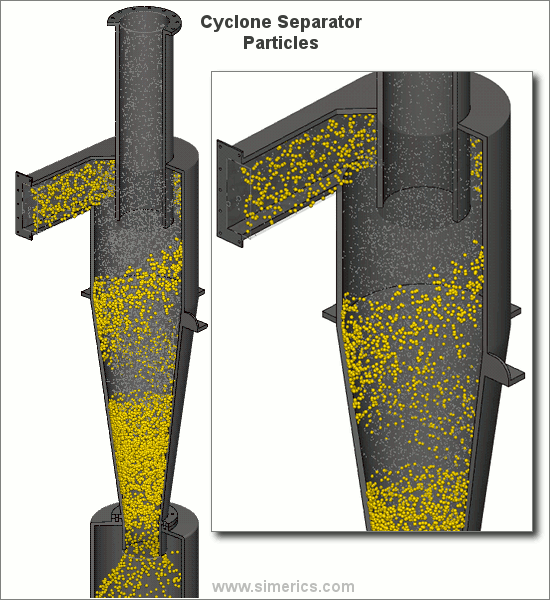
Originally Posted by
mthomasdev

With the possibility of multiple strand sizes and weights, are you running this material multiple times to account for this?
In the past year or two, I'm seeing stacked screen systems to separate fraction sizes. Each fraction is then sent to a different air table. The other option is to send each fraction to its own storage area until you have enough to run that size fraction.
So we do two things here, one we are segregating by strand size in advance. For example, cat 5 isnt run with anything else, and all of the extension cord, stranded power cord etc gets run together, harness wire is run with similar stranded cordage, usually alarm wire and lv cable. I have two systems right now, one for stranded fines the other is for 14ga and up solids and stranded heavies/MCM. When it comes to that heavier stuff, the table is of very little consequence, setting the knives up for the correct sizing of the granule is about all you need.
For the machinery setups, I focus heavily on the cut, if for example Im doing computer wire, we will run a smaller punch plate screen and only 5-7 thousands fixed edge to rotary edge with a larger backing plate gap of a 1/4 inch or so. I want two things to happen, I want the insulation to be torn away from the product and I want the strands to ball up rather than leave the initial stage as a hair. Hairs don't separate easily AND they will clump. If for example I run 3/16 punch plate, I know that adds heat to the equation but Im not going to have hair strands ill have balls that are easier to deal with in the separator.
People who do this for a living generally dont chop fines, it gets sent out overseas or to a specialist who has a multi stage preshred and granulation process, fines might be preshredded and then go through a 3/8 punch plate screened granulator and be fed through a hammer mill or turbo mill to ball and separate. I do that primarily but I dont suggest it for his potential operation. Water sep is difficult to setup and monitor. And my water table is modified for variable stroke and rate too. We keep a recipe book for hundreds of wire types with amperage feeds and expected outputs, setup parameters etc.
One of the newest pieces of equipment I have is a Guidetti 415 all in one, we bought it used and I set it up next to a 4x6 water table for the trash output. Guidettis are great systems but if I can recover that missing 1.5-2.5% with nothing but pump return and bag capture of insulator to dry and be sold, thats all I need. Realistically this system is doing about 150lbs of fines input per hour, its not going to make your rich overnight but if you self generate enough wire to feed it, I highly suggest it. They are only 20-25k brand new.







 Register To Reply
Register To Reply









 -
-






Bookmarks